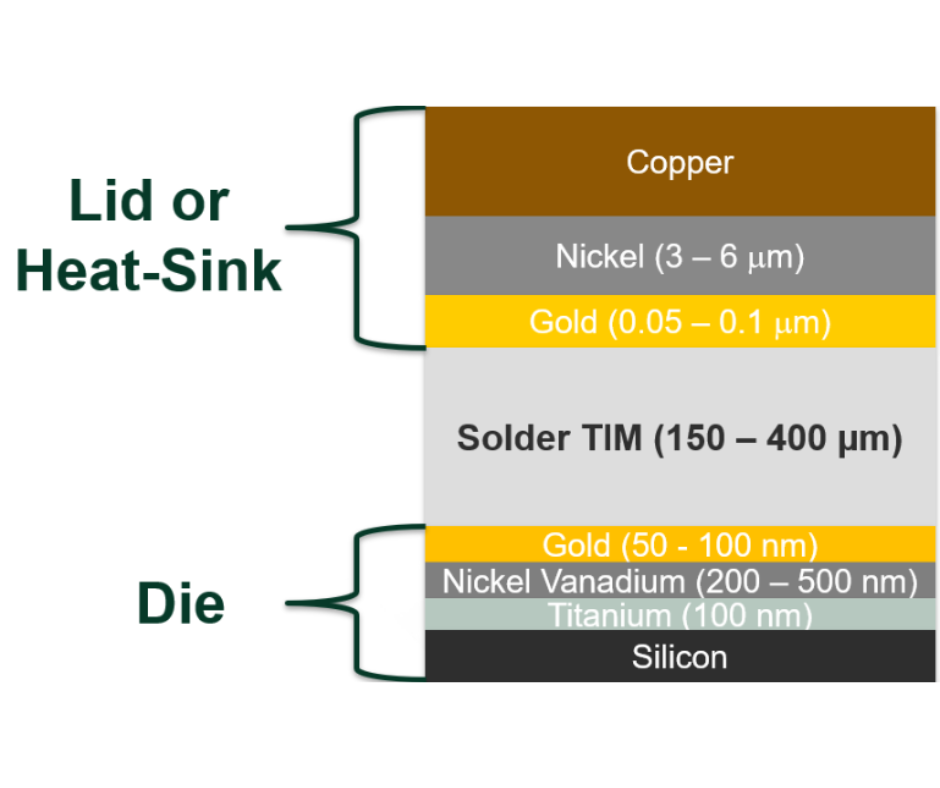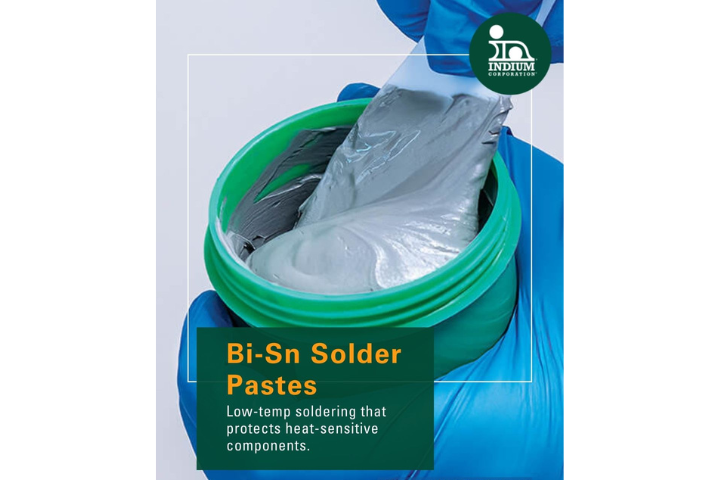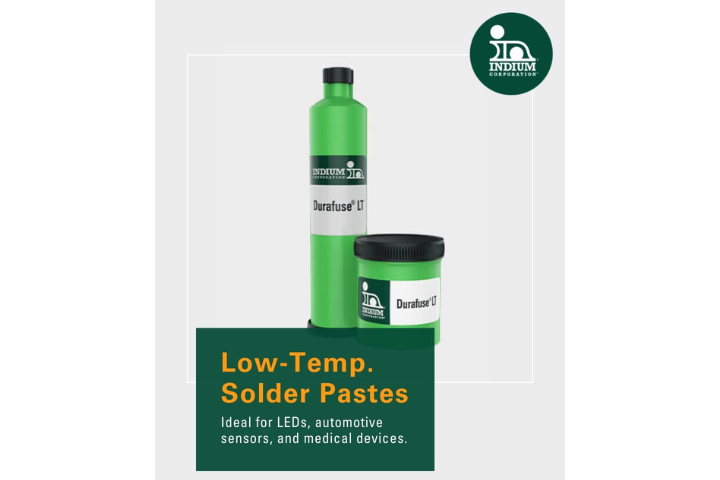Let’s start with a bit of fiction to get us on the same page…
Mike is working with NanoFoil®, getting ready to bond a small, round, planar sputtering target. He has prepared his backing plate and target material and is ready to assemble the stack after cutting a piece of NanoFoil® to fit. He carries the foil from storage to the cutting area on the metal backing sheet on which it was supplied. After marking the foil, he uses a glass cutter to trim off the excess, and brushes the scraps off the table into a metal bucket with the other scrap he cut for the last job. Suddenly he notices a red-orange glow and feels the warmth of the reacting NanoFoil® near his leg. Mike didn’t get burned this time, but he realized he should not let scrap NanoFoil® build up. The last piece of foil he threw into the pile had activated by landing on a corner and caused a chain reaction in the metal bucket.
It is natural to have a tendency to treat the scrap as, somehow, less reactive. But, NanoFoil® scrap pieces are every bit as reactive as the useful pieces from which they are cut. If you are cutting your own NanoFoil®, make sure you use equal care with both your main pieces and your scrap.
Here are a few tips on how to handle NanoFoil® scrap:
- Designate a metal container for NanoFoil® scrap only
- Do not allow the scrap to accumulate in the container
- Be careful not to drop foil into the container
Always follow the NanoFoil® safety guidelines (like wearing leather gloves while handling) and stay safe!
Feel free to contact our technical support department for best practice suggestions as well.



